Can Swatch Outsmart its Nokia Moment?
- Yoel Frischoff

- Jun 22
- 17 min read
Updated: Aug 10
Could Style-Platform become a Viable Smartwatch Strategy?

Abstract
Swatch, long known for transforming watches into affordable fashion statements, is - like most traditional timepiece maker - heavily disrupted by smartwatches in general, and Apple Watch in particular.

Swatch's legacy and knowhow, however, especially in the domains of design fluency, cultural agility, and accessibility do position the brand to come with a strong, differentiated offering: A style platform - grounded in low entry cost, modular physical design, and software-based personalization.
By enabling users to refresh their watch’s appearance through digital watch faces, artist collaborations, and creative tools, Swatch can foster ongoing engagement beyond the initial sale.
This approach opens the door to recurring revenue, user experimentation, and strategic learning, all aligned with Swatch’s heritage of democratizing wearable design.
The Shrinking Clocktower: From Civic Time to Personal Ritual
Mechanical watches are vestigial artifacts - refined remnants of a time when precise timekeeping was a necessity rather than a stylistic choice. Their functional supremacy was first challenged by the quartz revolution, which democratized accuracy and ushered in inexpensive, maintenance-free alternatives. The shift continued with the advent of digital watches, and later with the omnipresence of smartphones, which quietly absorbed the role of timekeeper into their multitasking core. Smartwatches, in contrast, have all but abandoned the rudimentary job of telling time as their defining purpose. First developed targeted at narrow verticals such as sports and health, they quickly evolved into wearable terminals: interfaces for managing notifications, identity verification, health tracking, payments, and communication - in addition to the time keeping functionality, relegated to a fancy screen saver.
Smartwatch utility lies not in ticking hands but in seamless digital integration, and more recently, becoming a hub for any functionality user fancy. Against this backdrop, mechanical watches persist not out of necessity, but as objects of craftsmanship, cultural symbolism, and personal expression—beautifully obsolete, yet deeply human.

Some History First
The evolution of the watch is a story of miniaturization and symbolism, tracing humanity’s changing relationship with time. Once projected from church spires and town hall façades, timekeeping was a communal experience - heard and seen from afar, a reminder of civic order and divine rhythm.
The transition from longcase and mantel clocks to pocket watches marked a shift: time became personal, portable, and increasingly tied to individual routines. The leap to wristwatches further transformed the watch into a wearable object, merging function with fashion and making time a constant companion.
This compression of monumental technology into something that fits in a hand - or worn on a wrist - was an miniaturization tour de force, shrinking the cathedral clock into functional jewelry, a personal shrine in the cult of Cronos. Watches became not only tools, but tokens of inheritance, achievement, and identity - heirlooms that tick through generations.

Industrialization
Industrialization and mass production, once stepping in, transformed the watch market by introducing high-volume, low-cost production - dramatically lowered prices and expanded access. This shift created clear pricing tiers: luxury (low volume, high price), premium (moderate volume, aspirational pricing), mid-range (mass-produced, affordable quality), and mass market (very high volume, low price).
In this competitive landscape, Brands pulled price, quality, and production volumes levers to differentiate themselves and find their own audience.
First Disruption: Quartz
For over two centuries, watchmaking economics were shaped by two key cost drivers: materials and labor.
On the outside, precious metals, sapphire crystals, and fine leathers signaled prestige (or bling - make your pick). Material choices communicated whether a watch was a heirloom jewel or a disposable object. Even a non-functioning high-end watch retained value if its form was enduring, and retained its original sheen.
Internally, labor was king. Traditional mechanical movements, especially in haute horlogerie, could include thousands of hand-assembled micron-precision components. Designing, tooling, manufacturing, calibrating, and assembling such a movement often took months, even years, per unit.
This painstaking process wasn’t hidden; it was proudly displayed: a meta-investment of time into a timepiece, marketed as a virtue. Scarcity, effort, and narrative became price multipliers.

At the lower end of the market, it took nearly ninety mechanical components just to make a watch tick.
Quartz changed everything. By replacing complex gear trains with a handful of electronic parts, it slashed both complexity and cost. Movements that had once cost for hundreds of Swiss francs could now be manufactured for just a few francs, while accuracy rose as dramatically as the need for maintenance.
Winners of this disruption were primarily Japanese manufacturers and innovative newcomers, who embraced cutting-edge technology and scale. Brands such as Seiko, Citizen, and Orient quickly scaled up operations, ramped up production, and began offering highly affordable, highly accurate electro mechanical watches.
To make things worse (for the Swiss watch industry, that is), the advent and eventual integration of liquid crystal displays made clockwork redundant altogether: Enter digital watches. You could now have a solid state, dirt cheap timepiece telling you the time at untold accuracy, affording functionality hitherto unimaginable at a click of a button. (and the manufacturing cost of the whole thing?... less than CHF10.00)
Does Casio G-Shock rings a bell?
Initial Response
By the late 1970s, Switzerland’s once-dominant watchmakers were unraveling. SSIH (parent of Omega and Tissot) and ASUAG (home to ETA movements) found themselves on the verge of collapse, blindsided by the low-cost quartz revolution sweeping in from Japan.
In 1983, business strategist Nicolas G. Hayek orchestrated a last-ditch merger of the two groups, laying the foundation for what would become the Swatch Group. His weapon of choice? The Swatch: a Swiss-made, quartz-powered watch with just 51 parts, radically simplified, and priced to win back the market from the bottom up.

The Swatch platform was built around a molded plastic case, crystal, and strap, paired with a radically simplified 51-part movement aptly dubbed System 51. A key innovation lay in assembling the movement from the dial side, eliminating the need for an internal chassis. Most crucially, the design enabled fully automated assembly, slashing production time to just 2.8 seconds per watch today [Swatch Prototypes blog sheds further light on technical and design aspects of the brand].
Ingenuity ded stop here. Cost reduction alone could not compete with the ruthless efficiency of the digital watch - where the Swiss watchmaking industry could not compete with Japan - the land of electronic gadgets.
Swatch capitalized on a major weak spot of digital displays - their uninspiring visuals. With dull grey LCD display that feel more like basic calculators than jewelry, digital watches offer almost no room for differentiation or emotional connection.
Swatch's response came from design duo Marlyse Schmid and Bernard Müller, who infused the dial with bold, vibrant color patterns that clashed deliberately with the case and reverberated through the strap material.
Drawing inspiration from the Italian postmodernist Memphis Group, they pulled watchmaking into the world of fast fashion, wielding graphic design as their weapon of choice.

Buying a watch - once reserved for milestones like graduations or retirements - had now become as casual as picking up a blouse at the mall, if not quite as impulsive as grabbing chewing gum at the checkout.
By combining technical and design innovation with sharp marketing insight, Swatch managed to carve out a market segment it could dominate - a win that helped fund the Swatch Group’s expansion for decades to come.
Nokia's Nokia Moment
“All good things must come to an end,” but in Nokia’s case, that end wasn’t due to fate - it was a leadership failure. When Apple introduced the iPhone in January 2007, at several voices within Nokia sounded the alarm - they recognized that Apple’s touchscreen-centric, software-driven device posed a serious competitive threat. Externally, however, top executives publicly downplayed the risk, assuring investors and mobile operators of Nokia's ongoing market dominance.

In June 2007, Nokia’s Anssi Vanjoki called the iPhone “quite interesting” but noted its lack of 3G and modest sales goal of 10 million units in 2008 - roughly 1 percent of the number of mobile phones sales forecast for that year.
Another public quote downplaying the significance of the iPhone came from Olli-Pekka Kallasvuo, then Nokia CEO, just a year after the Cuppertino smartphone launch, saying that “From a competition perspective, the iPhone is nothing but a niche product.”
Behind the polished public image, Nokia’s innovation pipeline was stagnant. During a 2004 visit to their Espoo labs, I saw a lackluster showcase of so-called “next big things”- more a graveyard of outdated hardware demos than a glimpse of the future. Meanwhile, rivals like BlackBerry with the 850 series and Sony Ericsson’s P900, just across the border in Sweden, were already charting the early course of the smartphone era.
But the deeper issue was structural. Nokia was a supertanker—brilliant at extracting profit from its immense success, but incapable of turning quickly. By 2000, the company accounted for 4% of Finland’s GDP, 70% of Helsinki’s stock exchange market cap, 43% of corporate R&D, 21% of total exports, and 14% of corporate tax revenue. (Finland and Nokia - an affair to remember) In The Innovator’s Dilemma, Clayton Christensen argues that market leaders often fail - not because they don’t see disruptive threats, but because “the very decision-making and resource allocation processes that are key to the success of established companies are the very processes that reject disruptive technologies.”
For Nokia, that meant prioritizing its main distribution channel - mobile operators - needs. Its leadership leaned on its perceived hardware engineering legacy, relying on Symbian and MeeGo as a default and ignoring the rising importance of software ecosystems and touch-first user experience.
With every incentive aligned to sustain its dominant model, Nokia became structurally incapable of pivoting. Like so many before it, it didn’t fail for lack of vision - it failed because it was too successful at the wrong things.
Nokia Oyj presents: Hubris and its consequences... True, there was clearly more to milk from the feature-phone cash cow, but this good thing eventually did come to its end.

Swatch Moment: The Bastards Changed The Rules
The context outlined above clarifies the challenge Swatch faces in responding to the existential threat the Apple Watch poses—especially to the lower tiers of the analog watch market and to Swatch Group itself.

Much like Nokia’s early dismissal of the iPhone, Swatch CEO Nick Hayek brushed off the Apple Watch as an “interesting toy that can’t last more than 24 hours,” in an August 2015 interview with The Guardian.
One can’t help but recall:
“There are many devices in a man’s heart; nevertheless the counsel of the Lord, that shall stand.”Proverbs 19:21 (KJV)
Here's what the Market counseled, soo to speak about this:

Apple Disrupts - Again
It's time we discuss just how Apple Watch disrupts the lower to mid tiers of analog watch, impacting heavily Swatch, Tissot, and Certina.
Brand/Tier | Tier | Impact Level | Est. Units/Year |
|---|---|---|---|
Swatch | Entry-Level | Very High | ~5 million |
Tissot / Certina | Mid-Tier | High | Tissot ~3.1 million |
Hamilton, Mido, Rado | Mid-to-Premium | Moderate | — |
Longines | Upper Mid-Tier | Low–Moderate | ~0.95 million |
Omega / Breguet / Blancpain | Luxury / Haute Horlogerie | Minimal | — |
Axes of differentiation
Earlier, I discussed the material and labor dimensions — and how they translate into customer value in both functional and emotional terms.
Let's review how Apple Watch disrupts both:
Functional disruption
Accuracy: While all digital watches use quartz oscillators, the Apple Watch goes further: GPS and network connectivity enable effortless, automatic updates for time, date, and time zones - tasks that demand cumbersome user interaction or complex mechanical mechanisms in high end analog watches.
Flexibility: In traditional watchmaking, every new function (or “complication” in watchspeak) requires added hardware: more gears, hands, buttons, and dials. This drives up capital, labor, and logistics costs - multiplying SKUs and inventory complexity.
Apple Watch flips this with a platform approach: a one-time investment in versatile hardware (like a high-resolution color-rich display, location, movement, and physiological sensors, and elaborate inputs, mainly by touch display) making new functionality a pure software play.

Connectivity: Beyond precise timekeeping, connectivity powers seamless two-way communication: voice, text, images, and data all flow effortlessly, especially within Apple’s tightly integrated ecosystem. More importantly, it lays the foundation for the next major disruption: open software.
Open Software Architecture: This allows rapid, scalable feature expansion through both built-in and third-party apps. The latter not only enhances functionality but also opens new revenue streams, following the proven App Store model.

Emotional disruption and the 'Cool factor'
Apple Watch didn’t just enter the wrist-wear market - it disrupted Swatch’s core identity by shifting the idea of “cool” from surface graphics to living, breathing media.
From Static to Dynamic: The Death of Print Cool
Swatch built its aesthetic on printed expression: bold colors, witty patterns, and artist collaborations turned each watch into a miniature poster. But Apple Watch made that model feel dated. Its high-resolution, vibrant, interactive display could recreate, animate, and personalize visual content on demand - not per production run, but in real time.
Think of how smartphones eclipsed the allure of printed books as attention magnets. The Apple Watch did something similar to wristwear: it replaced static design with programmable identity.
Extreme Personalization
Look around: how many Apple Watches look the same? Almost none. Users take Apple’s relatively limited range of casings and transform it through a mix-and-match of watch face complications, fonts, colors, and images - tailored to mood, context, or outfit. What starts as a mass-produced device becomes, through software and connectivity, a deeply personal object - one that transcends the visual uniformity typical of industrial products.
A New Definition of Cool
Swatch’s cool was built on rebellion, art, and affordability. Apple’s cool is rooted in agency, fluid identity, and connected intelligence. It doesn’t just match your style - it perceptively adapts to your day, your needs, your data.
Why This Hurts Swatch so Much
Apple Watch strikes at the heart of the Swatch Group’s portfolio. At the entry level, it steals Swatch’s thunder, making seasonal designs feel static in a world of dynamic, real-time personalization.
Climb the ladder, and the threat deepens. Brands like Tissot, Longines, and even Omega rely on heritage and craftsmanship. But Apple’s software-driven sophistication now projects its own form of luxury: sleek, intelligent, and always up to date.
In doing so, Apple collapses Swatch Group’s carefully tiered brand architecture into a single, evolving platform - not just in utility, but in image, aspiration, and cultural relevance.
Market Segment disruption

Swatch built its success on fun, expressive, affordable watches, appealing for a few millions of users. For decades, that was enough. When Apple Watch arrived, blending hardware and software into a device that adapts to each usage scenario, it didn’t just conquered the category, but it expanded far beyond it.
What began as a rival in fashion and lifestyle now spans wellness, productivity, and safety - addressing not just millions of style-conscious youth but hundreds of millions of smartphone users, fitness enthusiasts, and aging adults.
Layered Platform Advantage and Market Expansion
Apple Watch is a layered platform where design, hardware, software, and ecosystem combine to cater to diverse verticals.

Industrial design and Hardware
It starts with a range of cases, finishes, straps, and a distinctive digital crown make Apple Watch both personal and wearable across contexts - from workouts to weddings. Underneath, the hardware brings it to life: custom silicon, a responsive touch display, and a suite of sensors that monitor motion, heart rate, blood oxygen, temperature, and more. These are supported by efficient connectivity and a battery designed for all-day use.
Operating system and integrated Apps
At its core runs watchOS, a purpose-built operating system that orchestrates everything: handling real-time data, driving haptics, syncing with the iPhone, and enabling dynamic watch faces and complications. Apple layers this with its own suite of apps for health, fitness, communication, and payments, creating out-of-the-box value with tight privacy and ecosystem integration.
Open software ecosystem
And on top of that sits a developer layer - a curated app ecosystem with access to select sensors, background tasks, and Apple’s health frameworks. While more focused than the iPhone App Store, it extends the Watch’s utility into niche and professional domains.
Platform Advantage and Market Expansion
Unlike smartwatch makers specializing in a single domain - such as fitness (Garmin, Polar) or health monitoring (Withings), the multi-purpose platform adapts to a range of user needs without forcing trade-offs. Whether it’s tracking a workout, monitoring heart health, answering a call, or managing calendar alerts, Apple Watch handles all scenarios within one unified device.
This flexibility is further amplified by its tight integration with the Apple ecosystem, something generic smartwatch makers like Fitbit (Google), Amazfit (Zepp Health), and Huawei struggle to match. While they may offer broad feature sets, they lack the seamless cross-device functionality and software consistency that Apple delivers across Watch, iPhone, Mac, and services like HealthKit or Fitness+.
The aggregate impact is substantial. Compared with the target audience for fashion watches - 100 to 150 million unit sales per year globally in early 2010s, shrinking to around 60–80 million units/year in 2015, fitness alone appeals to over 500 million active exercisers. The health vertical reaches 1+ billion adults managing or monitoring wellness, and the vertical of aging populations addresses the safety needs of over 700 million people aged 65+.
By absorbing rather than competing with these categories, Apple Watch didn’t just take market share from legacy watch brands - it expanded the market and redefined what a watch is for, and who it's for, conquering the fastest growing segment in wristwear.

On a side note, it is worth mentioning that traditional watch brands are not the only ones to feel the brunt of Apple Watch success. It comfortably dominates the smartwatch market. You can read about this in this fascinating article from Hodinkee.

Investors Unrest - and the Peril of Contraction Spiral
I’ve charted the trajectory of Swatch Group shares since 2014. The stock has dropped from a peak of CHF600 to CHF147.85 as of May - a steep decline, of which a 24% plunge in the past year alone, to the dismay of shareholders.
As recently as May 2025, (see this Financial Times article) Steven Wood of GreenWood Investors, a US-based investment firm, called out lack of accountability, limited engagement with shareholders, and overly centralized control by the Hayek family, pushing for board representation. It remains uncertain whether his efforts will lead to any restructuring of the company’s voting structure or a reduction in the Hayek family’s influence.
His product mix strategy focuses on Swatch Group's neglected high-potential brands, especially:
Breguet - which currently loses money despite rich heritage; Omega, and Longines - which have seen 20% and 29% sales declines since 2019.
While this approach may indeed boost the group finances in the mod term, even enlarging its market share against rivals such as Rolex, it seems to fall short of averting the group’s decline - along with that of the traditional wristwatch industry.
The Way Forwards and Upwards
Dabbing at Smartwatches
It is not for lack of trying that Swatch did not succeed in the smartwatch segment:
Model | Year | Brief Description |
theBeep/BeepUp Pager | 1991–1996 | Pager functionality via radio alerts |
Paparazzi (SPOT) | 2004 | FM-delivered news, weather, stocks via MSN Direct |
Digital Touch & Zero One | 2011/2015 | Touchscreen multifunction with sports sensors and Bluetooth |
Bellamy | 2015 | NFC contactless payment watch in China |
Swatch Pay! | 2017 | Cloud-enabled NFC payment globally |
Beautiful watches, some analog, others digital. None did succeed, though. As per software - the driving force of everything digital - Swatch's only serious attempt at using a 'real' operating system was Microsoft SPOT OS. Not much to write home about, though. That OS, now discontinued never got much traction.
As far as is known, the company abandoned any serious further attempt at smartwatches, withdrawing to fashion watches with its successful MoonSwatch collaboration with Omega, a move that can be viewed as a "toy MoonSwatch" if not a pastiche act of PR for Omega's original, Moon Watch priced about CHF7,000. But all seems quite, for now, on the smartwatch front. Pity.
A Chink in the Armor
Yes, Apple Watch wins, for now. However, it does have two major weak spots, at least one can be taken advantage by Swatch, of all watch makers:
Battery
Of all smartwatch manufacturers, Garmin is the only one breaking the 3 days barrier, with its Instinct 2X Solar (40days) and Enduro3 (36 days). Wow! This is 25X more than Apple Ultra's 36hours.

Clearly, battery life, burdened by the bright, always on, constantly refreshing OLED display is the weakest point in Apple Watch hardware suit.
Lifetime
If the value of a pre-owned watch represents its useful lifetime, smartwatches are at a steep disadvantege here. A 4 years old smartwatch is, basically, electronic waste.

This remains a core vulnerability of smartwatches - especially premium models like the Apple Watch.
Wear and Tear
The pain becomes tangible when something breaks. Replacement straps start at $49 and can climb to $149, while battery replacement runs $99 - roughly a quarter of the price of a new device from the base series.
Obsolescence Trap
In this context, innovation cuts both ways. Apple - as other vendors in this fast evolving product category - routinely introduces new features with each annual release, mainly for health and fitness, tempting users to upgrade.
But what happens when it’s not new features that drive replacement, but fading compatibility? As communication protocols evolve and OS support drops, even a fully functional Apple Watch may be rendered obsolete - not by failure, but by ecosystem drift masquerading as progress.
A Fresh Smartwatch Strategy - The Style Platform
How can Swatch size on the weaknesses exposed by Apple Watch and others?
Segmentation and Price Point
While Apple Watch dominates the performance and health-oriented segments, its relatively high price point locks consumers into a singular, utilitarian aesthetic - one that demands long-term commitment to justify the investment.
For young fashion-aware users, this creates a tension: wearability is daily, but style is fluid. There is room in the market for a smartwatch that offers greater stylistic flexibility without imposing a luxury hardware price. While vendors such as Samsung do offer low cost smartwatches, they have yet to find an appealing and diverse aesthetic Swatch has proven record in making.

Hardware Solutions
This is where Swatch’s unique strength comes into play. Unlike most tech brands, Swatch has a proven ability to speak the language of fashion, design, and pop art - through product-driven cultural fluency, using form, materials, finishes, and color.
Its history of bold designs, artist collaborations, and seasonal collections gives it a toolkit for creating accessible, expressive, and fast-moving wearables.
A style-driven smartwatch from Swatch wouldn’t need to out-feature competitors. It would win by delivering choice, personality, and collectibility at a price point low enough to encourage rotation, experimentation, and self-expression - a proposition that resonates well beyond any single demographic wave.
Hardware considerations must be context-driven. Extended battery life may be essential for outdoor and rugged-use watches, but less so for urban users - the natural audience for a fashion-focused smartwatch. This trade-off opens the door to high-intensity, (and yes, power-hungry) displays, enabling vibrant, dynamic watch faces on par with Apple Watch in visual appeal.
This allows for high intensity yet power hungry displays that will in turn allow rich vibrant dynamic watch faces, matching AppleWatch.What cannot be compromised is a low entry price. In the fashion space, affordability is essential -consumers need the freedom to experiment without the weight of long-term commitment or the psychological barrier of sunk costs.
Platform Software Solutions
These industrial design features must be backed by a capable operating system - one that supports seamless connectivity and a sense of continuous presence. Can you switch from one watch to another without the friction of re-syncing your account and data from scratch?
Instead of embedding all value in the hardware, style evolution should be decoupled and delivered through software-based services - at least for the aspects of the experience that are temporal, expressive, and easily refreshed.
Digital watch faces offer a natural foundation: they can shift with seasons, moods, cultural moments, or even daily outfits. Bundled collections, time-limited releases, or artist-led collaborations could give wearers an ever-changing sense of identity and participation. Over time, this approach transforms the smartwatch from a static product into a dynamic style platform- one where personalization, not permanence, is the core value.
Such an offering lays the groundwork for an ongoing relationship between Swatch and its customers - one built not on one-time purchases, but on continued interaction. It creates space for recurring touch-points, upsell opportunities, and a feedback loop for user testing and large-scale experimentation - all of which are essential to uncovering the next big opportunity in digital fashion wristwear.
Swatch Time Weaver - Creative Platform for Creative People
Another paradigm shift Swatch could push is finding a unique need characteristic of its core audience: Young fashion aware urbanites try to flee from social class uniform and seek personal expression.
Swatch could come up with a creative platform enabling UGC - User Generated Content. Why settle on canned designs and stylistic choices made by others, when you can have your own personal gallery of watch faces, made by you, unique to you, and showcasing the creative aspect of your personality?
Enters Swatch Time Weaver.
Live Demo
(Yes. this ⬇️⬇️⬇️⬇️ is a live prototype. Enjoy!)
A creative platform in which users can take photos (hell, even selfies!) or pick ones from their camera rolls - and make them a compelling, vibrant, watch face on their Swatch.

Did I mention this creative platform is offered as a service, at CHF4.99 per month (or whatever Swatch pricing specialists come up with)?
Conclusion
Apple Watch has redefined the wristwatch- from mere timekeeping to a dynamic platform for health, communication, and identity - disrupting Swatch at its core. Swatch’s past victories in style and affordability now face obsolescence in a world of real-time personalization and app-driven value.
Yet Swatch does not necessarily go quite into the night: by blending its design heritage with a nimble smartwatch strategy focused on style, price, and expressive software, Swatch could reclaim relevance.
Cost and digital longevity are Apple’s key weaknesses - Swatch’s opportunity lies not in beating Apple on tech, but in offering a playful, fashion-first alternative that thrives on change, driven by lasting digital relationship with its customers.

Are you too considering adding continuous value and upsell opportunities to your connected product?...



















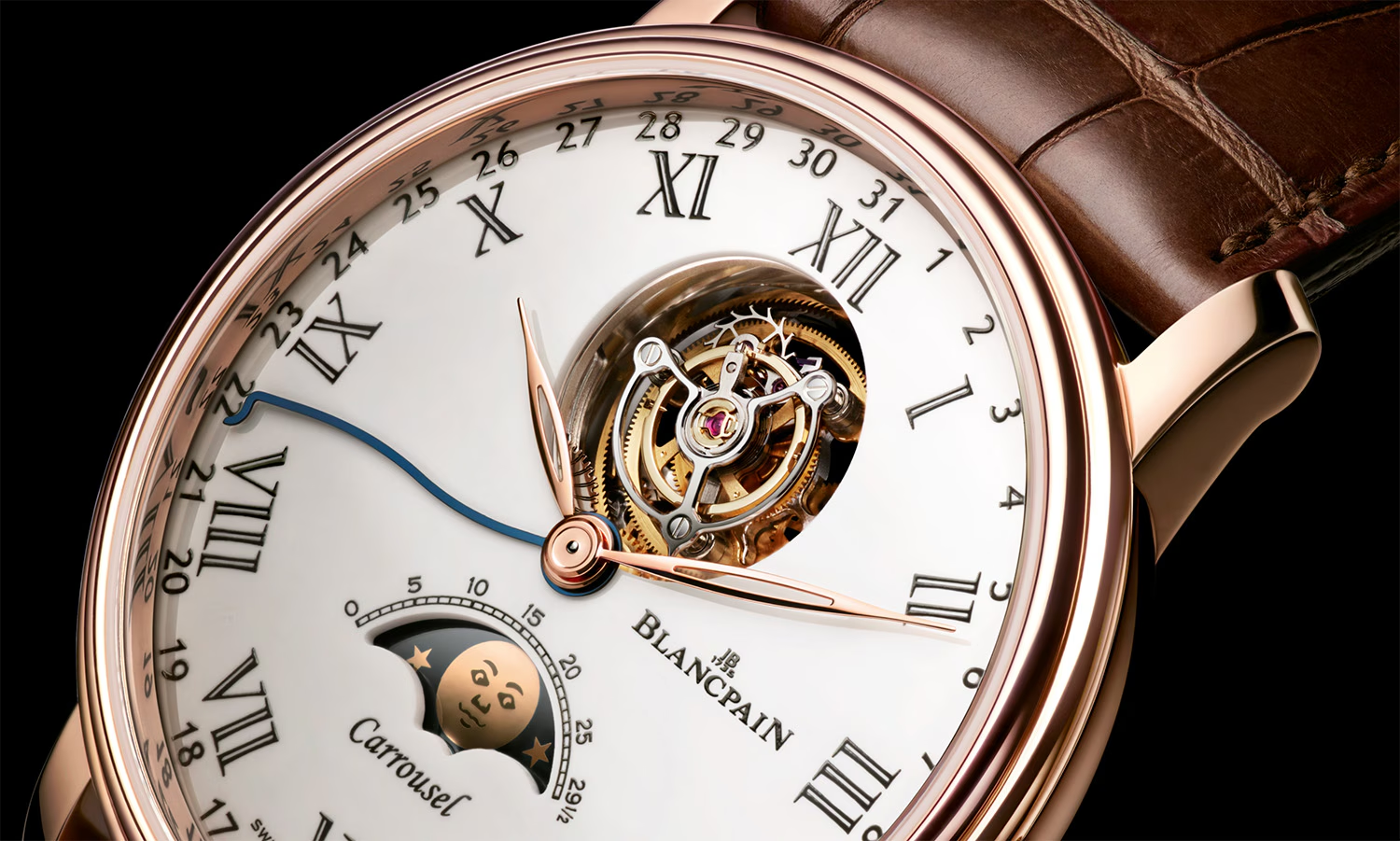



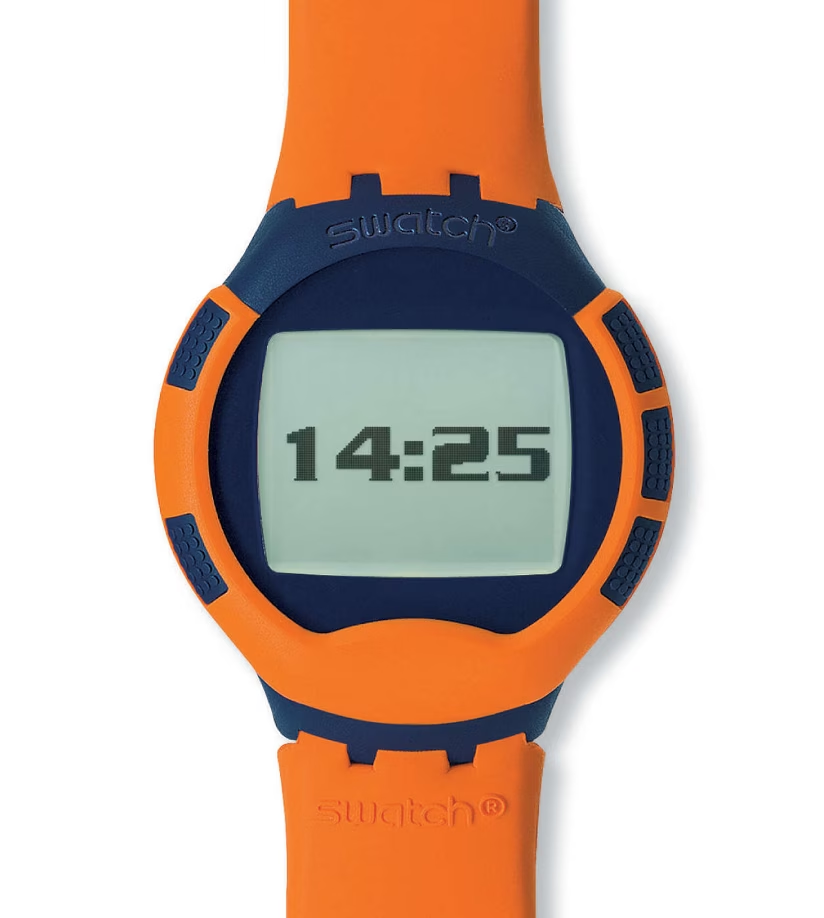
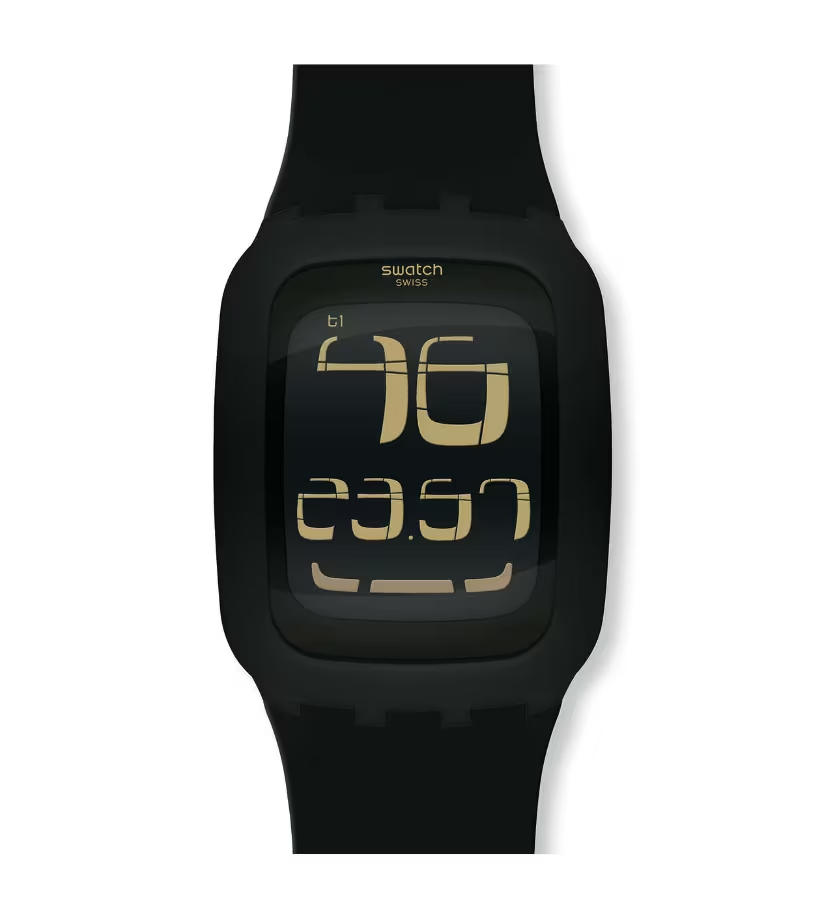
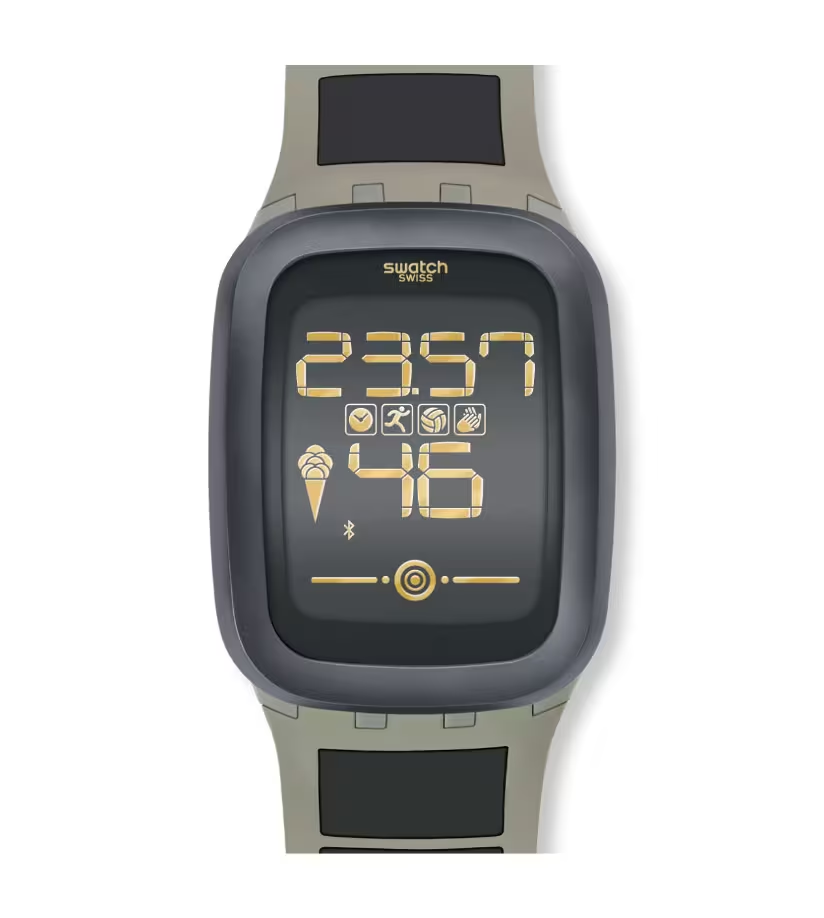
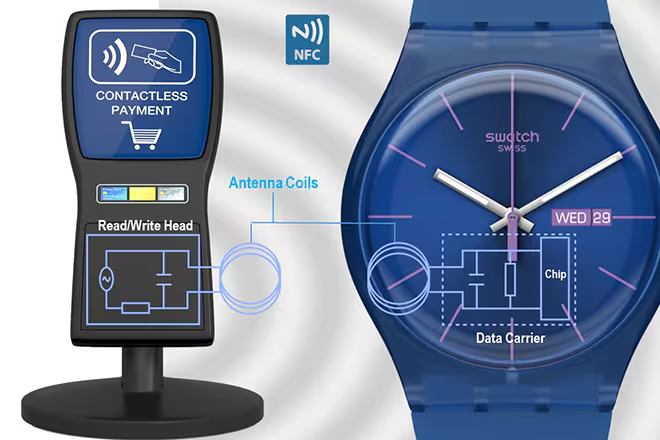
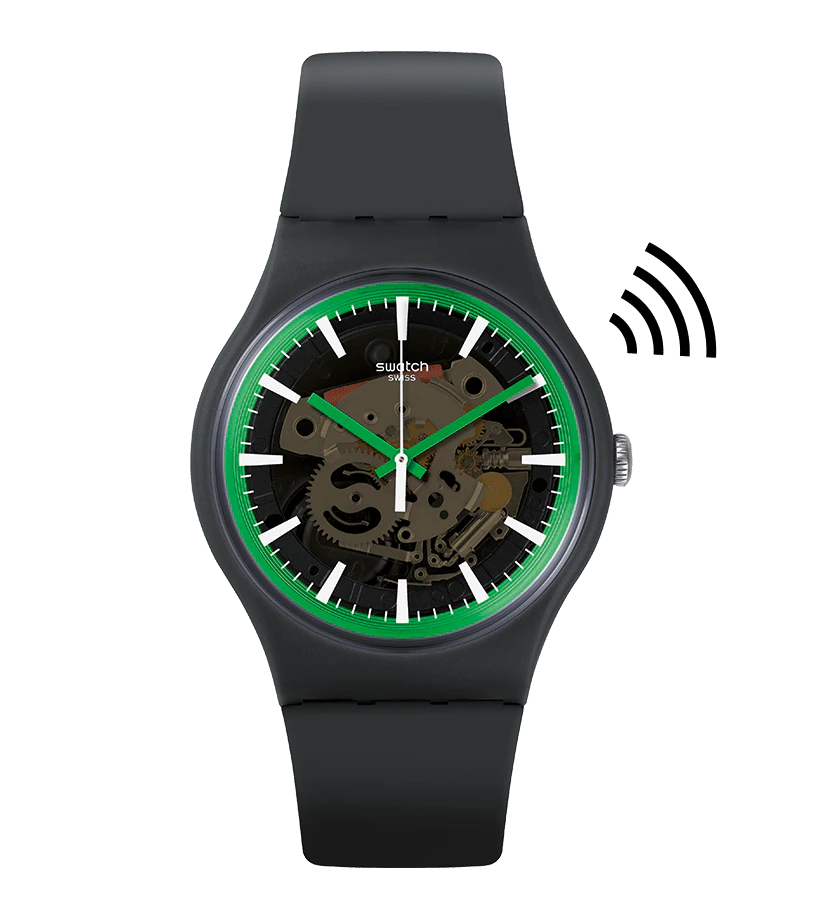



Comments